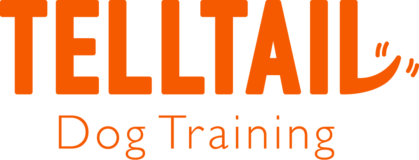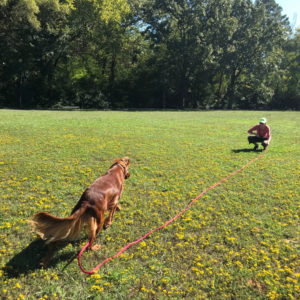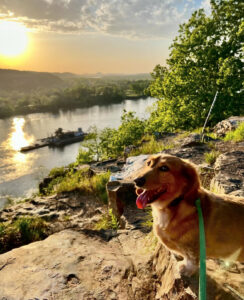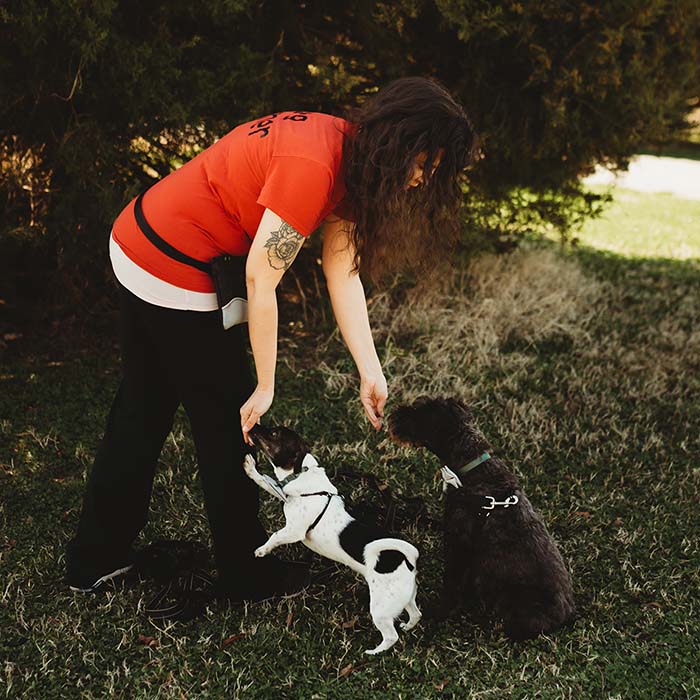A client reached out recently because her most sociable, calm dog was struggling on leash at a park. Another client in class was confused, wondering why her dog pulled so hard on leash to get to other dogs when she did so well at a small doggy daycare. A third couldn’t even walk her small dog fifteen minutes around the block without the dog barking incessantly at other people and dogs.
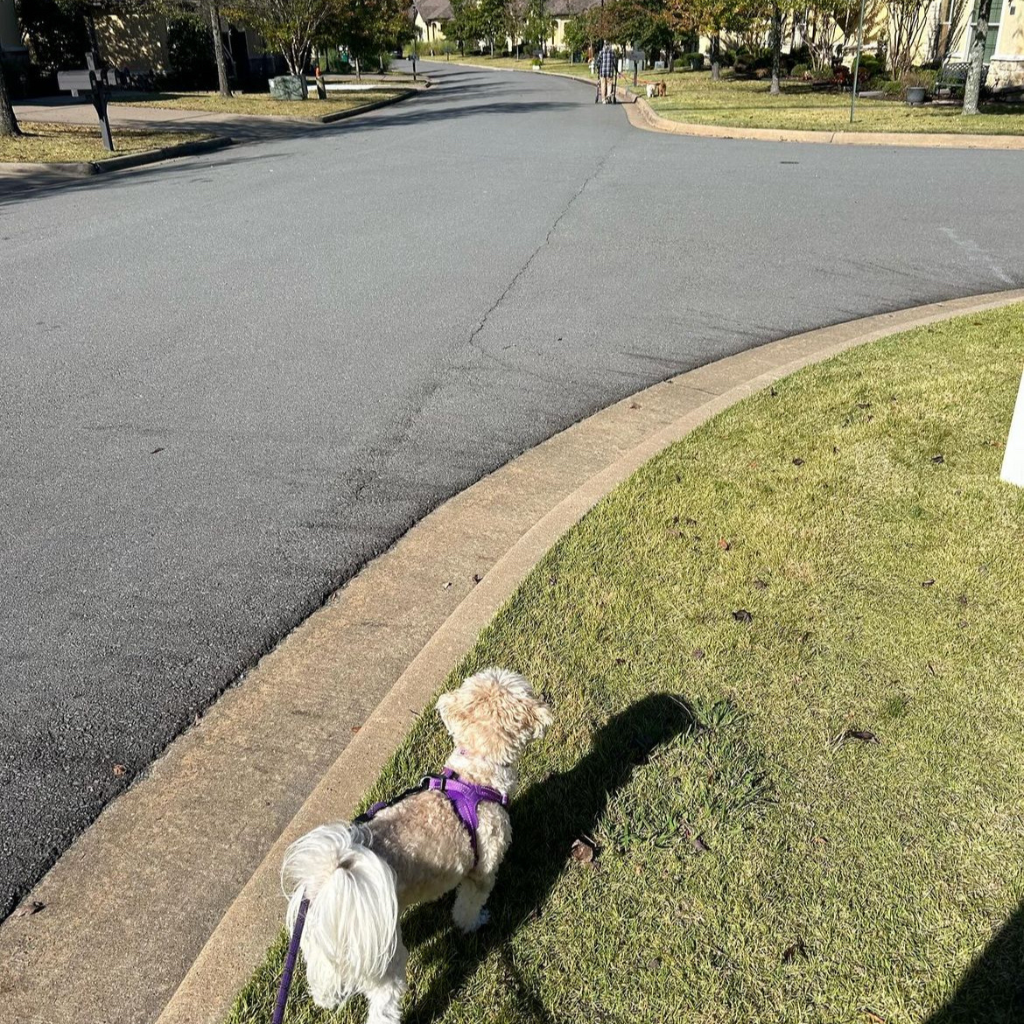
All three dogs were being reactive: they’re engaging in big responses to their environment. Reactivity can be due to fear or excitement, and, in some rarer cases, actual aggression (or intent to harm). But big reactions can also be due to small issues around confusion or simple training.
Their people would like them instead to have leash neutrality, or the ability to calmly observe and interact with the world while restrained on leash.
While the first dog was a super social, calm dog, after being mostly at home with the resident dogs, suddenly he was on leash at a park, walking super close to other, unknown dogs. Was he allowed to play? What was he supposed to do instead?
The second dog was overly friendly, so whenever she saw a dog, she thought she could play with the dog, which included pulling her people to go say hello to them. Going to doggy daycare increased this reaction, because she would be immediately allowed to interact and play with other dogs. Everything would stack up: getting in her gear, getting in the car, going to the facility, getting her gear off, and being allowed to play instantaneously.
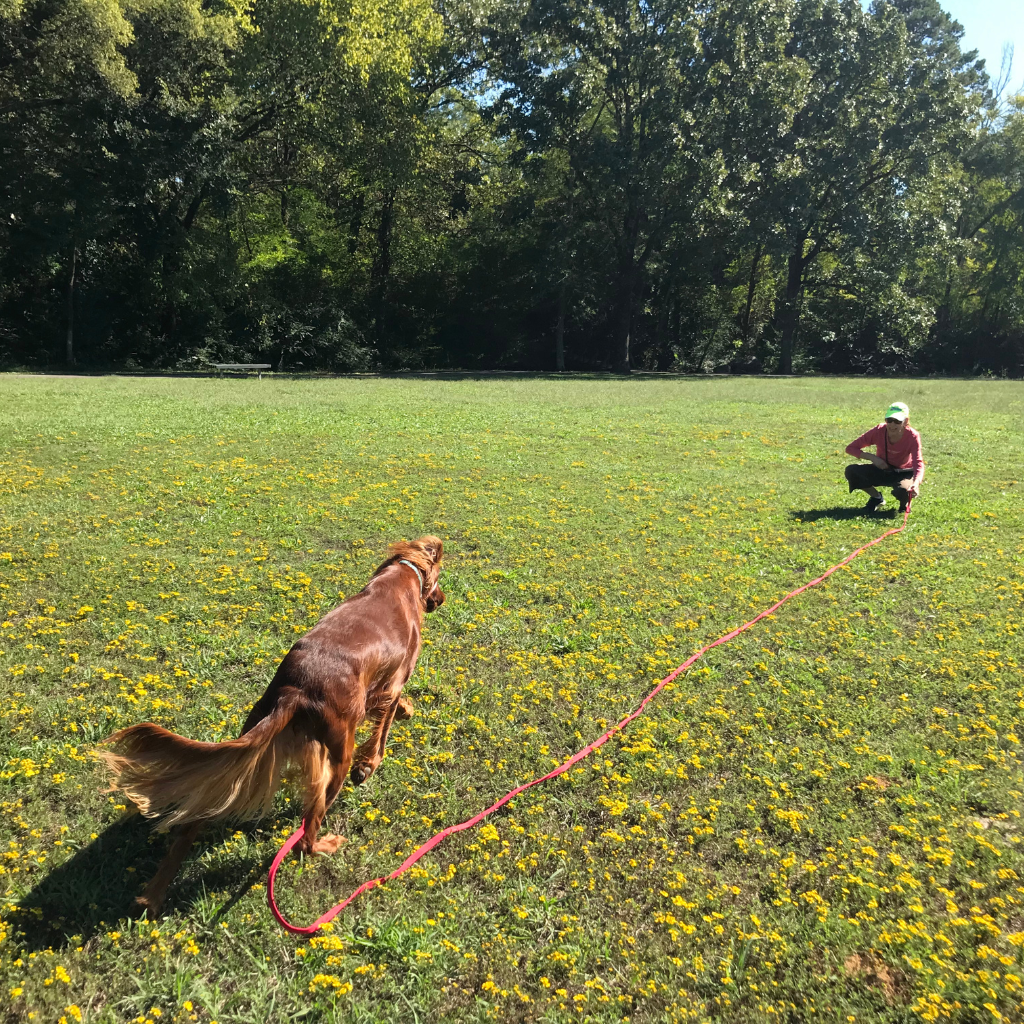
The third dog had no idea what she was supposed to be doing on leash, and her person was accidentally sending the wrong message by holding onto the leash super tightly. All of that tension in the leash told the dog she was right to be concerned and to react.
How we tackled the park walking issue:
We headed to a park, made sure we created distance on leash, and rewarded the dog simply for observing everything we saw: people, dogs, people on roller skates, people on skateboards, people running, people on bikes. If he was having a hard time, we created more distance. If he was doing well, we increased criteria. This helped build positive associations on the leash, so we could work up to more leash manners, and get him ultimately on a park trail again.
How we handled the doggy daycare issue:
We worked in class on being able to see other dogs and redirect away from them. We used patterns and predictability to help the dog focus on her people instead and learn simple skills to learn that she couldn’t always say hello. We also discussed eliminating the doggy daycare as a social tool. We knew she could play with other dogs and enjoy doing it – it was time to work on her outside skills so she could learn that not every other dog was meant to be her friend.
How we handled the walking issue:
We loosened up the leash, without giving her more leash, and practiced leash manners first. Then we made sure the leash remained as slack as possible as we practiced our walks, so she could learn how to calmly watch instead of reacting if she saw another person or dog.
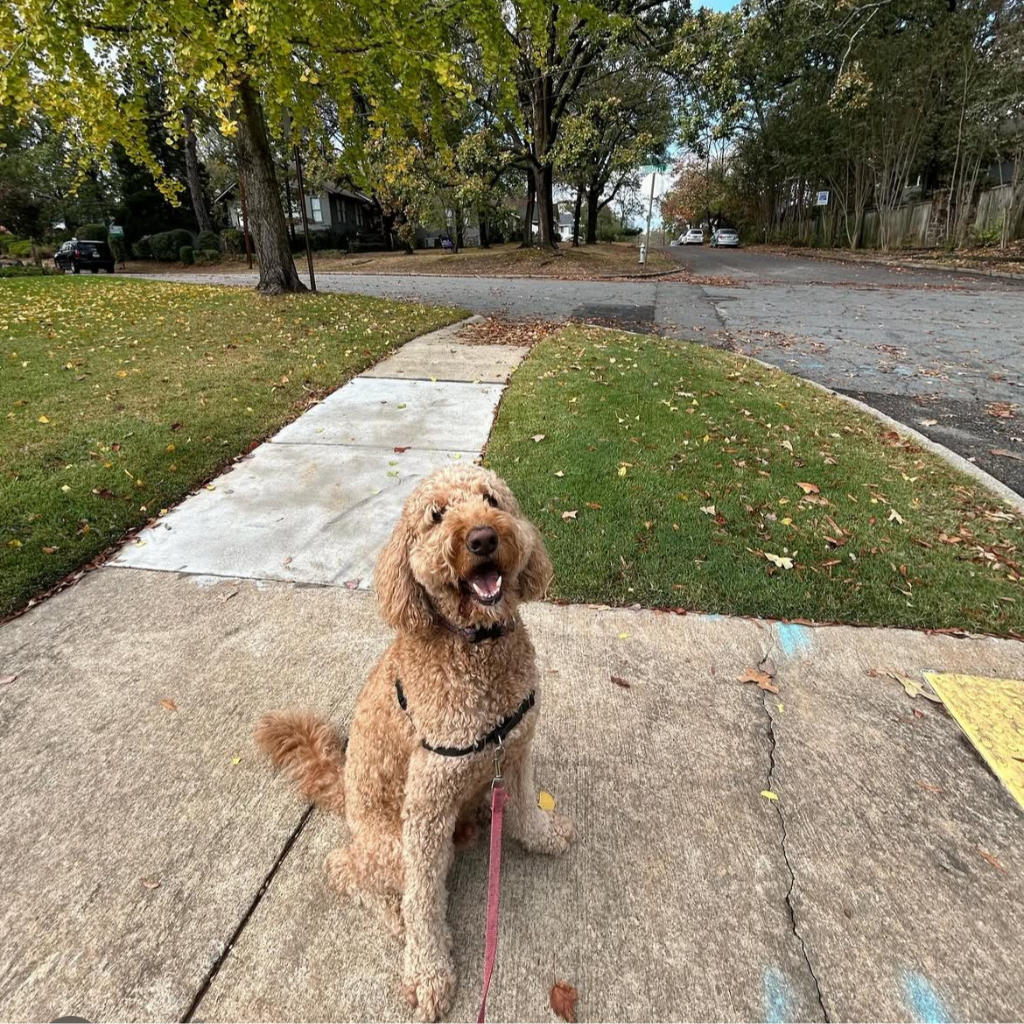
It’s never too late to change course with training, and most dogs have different issues as to why they’re reacting and what’s going on, so establishing a set plan for individual dogs is helpful. But prevention can start even sooner!
One of the big reasons for reactivity in dogs is a shift when puppies become adolescents. When puppies are young, they are often allowed to meet EVERYONE – every other dog, every person. But as they get older, this has to shift, and it often shifts without warning, causing confusion. Practicing leash neutrality in puppy class or when the puppy is still young enough can go a long way in preventing reactivity as they get older. That’s why puppies only get to play in class once we’ve calmed them down. Adding in a cue like “go say hello” when they’re allowed to play and “not today” when they aren’t, can also build in predictability and help them start to understand this concept.
–
Do you need some help? Let us do the training! Telltail Dog Training now has a facility called Telltail at the Vale, located in Mabelvale. We are offering overnights with training, daily drop-off training, private lessons, and group classes. We can make walks easier. Call 501-475-8481 or email telltailvale@gmail.com for more information.
